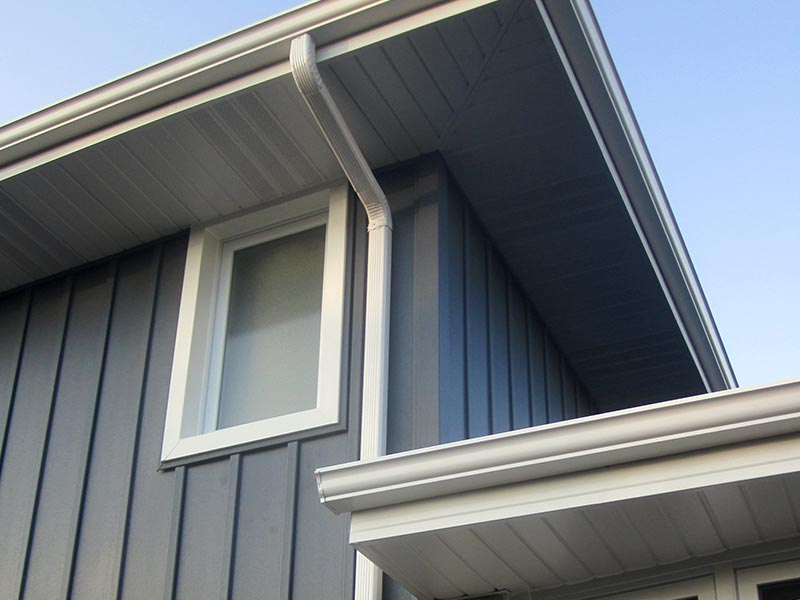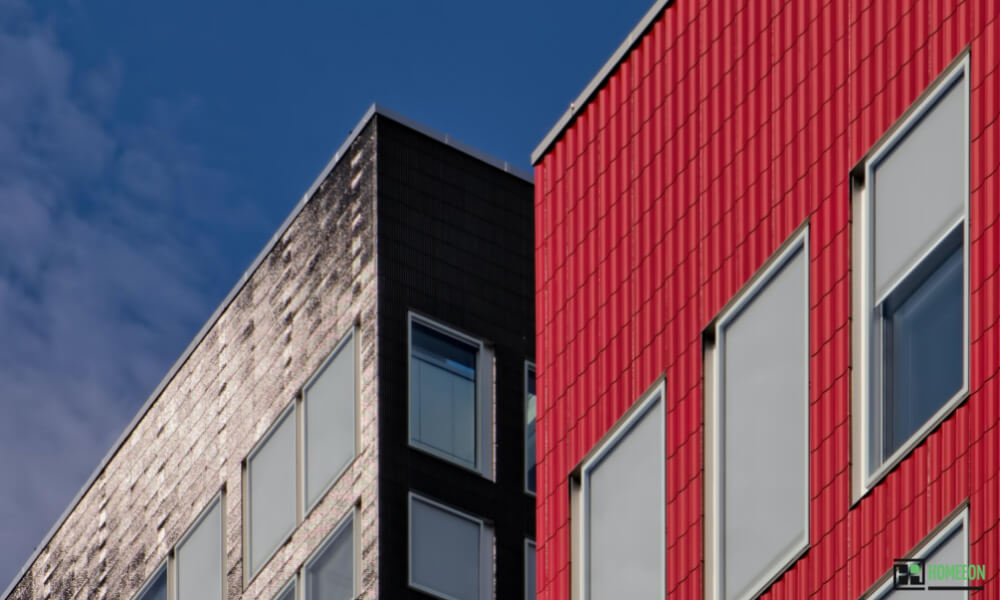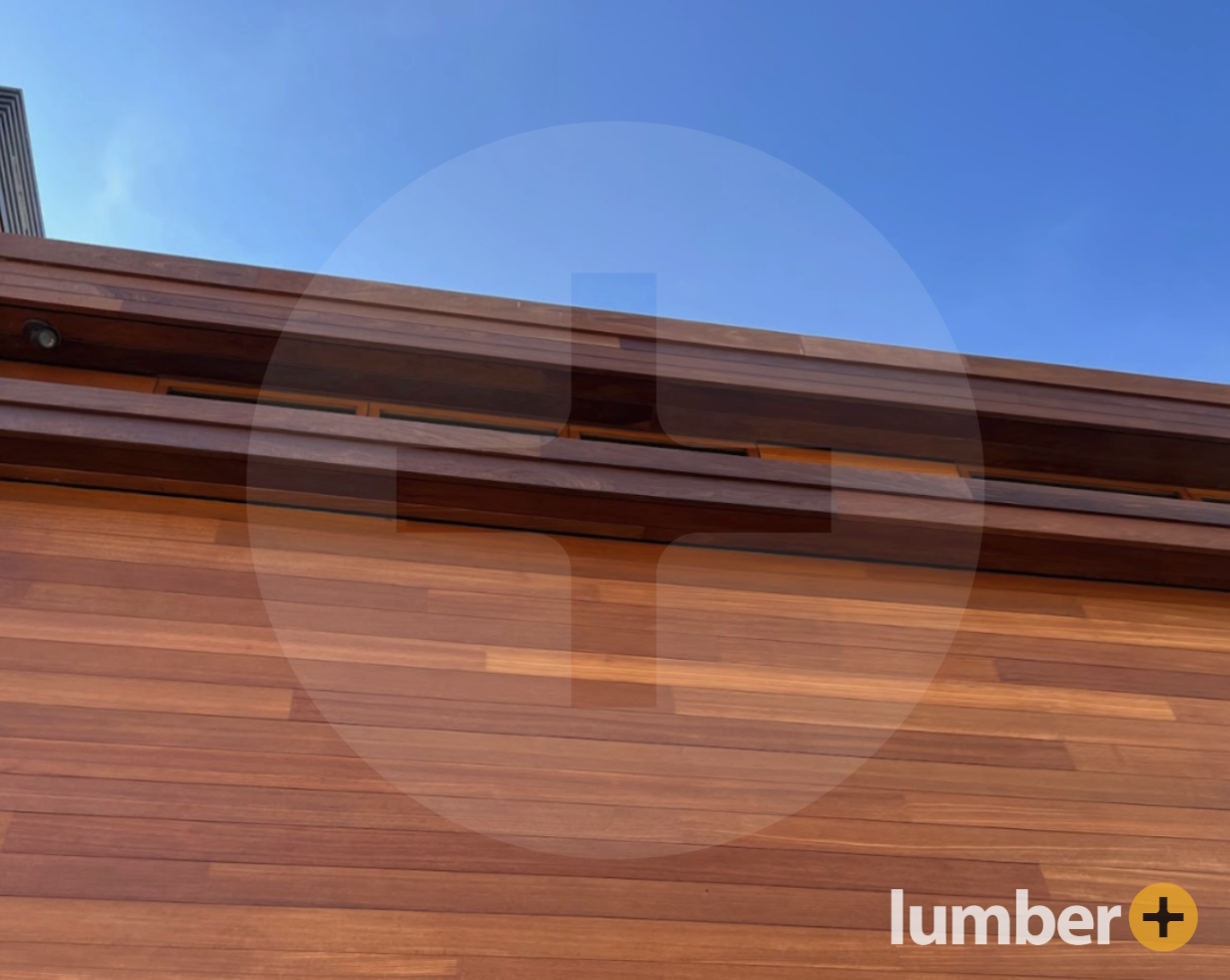Cladding vs Siding: Whats the difference in architecture?

Delving into the realm of architecture, the comparison between cladding and siding unveils intriguing nuances that shape the appearance and functionality of buildings. As we explore the distinctions between these two elements, a deeper understanding of their impact on architectural design emerges, offering valuable insights for both professionals and enthusiasts alike.
Moving forward, we will navigate through the defining characteristics, material considerations, installation processes, and design implications of cladding versus siding, unraveling the intricate tapestry of architectural choices and their implications on structures.
Cladding vs Siding

In architecture, both cladding and siding are essential elements that contribute to the overall aesthetic and functionality of a building. While they may seem similar, there are distinct differences between the two.
Definition of Cladding
Cladding refers to the application of one material over another to provide a protective layer or skin for a building. It is often used to improve the appearance of a structure, enhance its durability, and provide insulation.
Definition of Siding
Siding, on the other hand, specifically refers to the outer covering or cladding of a house or other building meant to shed water and protect from the effects of weather. It is typically installed horizontally and can be made from various materials like wood, vinyl, metal, or fiber cement.
Primary Differences between Cladding and Siding
- Cladding is a broader term that encompasses various materials and methods used to cover a building, while siding specifically refers to the outer covering of a structure.
- Cladding focuses more on the overall aesthetics and functionality of a building, including insulation and protection, whereas siding is primarily concerned with weather resistance and durability.
- Siding is often more standardized in terms of materials and installation techniques, while cladding allows for more creativity and customization in design.
- Cladding can be used for both decorative and practical purposes, while siding is mainly functional in nature.
Materials Used
When it comes to cladding and siding, the choice of materials plays a crucial role in determining the aesthetics, durability, and overall performance of the building exterior. Let's explore the common materials used in cladding and siding and compare their durability.
Common Materials Used in Cladding
Cladding materials are primarily chosen for their visual appeal and ability to protect the building from external elements. Some common materials used in cladding include:
- Wood: A popular choice for its natural look, versatility, and sustainability.
- Brick: Known for its durability and timeless appearance.
- Stone: Adds a luxurious and elegant touch to the building exterior.
- Metal: Offers a modern and sleek aesthetic, with options like aluminum, steel, and copper.
Common Materials Used in Siding
Siding materials are selected based on their ability to withstand harsh weather conditions and require minimal maintenance. Some common materials used in siding are:
- Vinyl: Affordable, low-maintenance, and available in a wide range of colors and styles.
- Fiber Cement: Durable, resistant to rot and insects, and can mimic the look of wood or masonry.
- Wood: Traditional and timeless, but requires regular maintenance to prevent rot and decay.
- Composite: Combines various materials for enhanced durability and aesthetics.
Comparison of Material Durability
When comparing the durability of materials used in cladding versus siding, it's essential to consider factors like maintenance requirements, weather resistance, and longevity. While materials like brick and stone used in cladding offer excellent durability and require minimal upkeep, they may be more expensive than vinyl or fiber cement siding, which are known for their longevity and low maintenance.
Ultimately, the choice of material should align with the design aesthetic, budget, and maintenance preferences of the building owner.
Installation & Maintenance
When it comes to the installation and maintenance of cladding versus siding, there are distinct differences in the processes and requirements for each.
Installation Process of Cladding
Installing cladding involves attaching panels or sheets to the exterior of a building to provide protection and enhance its aesthetic appeal. The process typically includes:
- Preparing the surface by cleaning and ensuring it is level and free of any debris.
- Measuring and cutting the cladding material to fit the dimensions of the building.
- Attaching the cladding panels securely to the wall using adhesive, screws, or other fastening methods.
- Ensuring proper sealing and weatherproofing to prevent moisture infiltration.
Installation Process of Siding
Siding installation also involves covering the exterior of a building, but with different materials and techniques. The installation process for siding usually includes:
- Preparing the surface by removing old siding, repairing any damaged areas, and installing a moisture barrier.
- Measuring and cutting the siding material to fit the wall dimensions, allowing for proper expansion and contraction.
- Attaching the siding panels or pieces to the wall using nails or other fasteners, following a specific pattern or design.
- Ensuring proper ventilation behind the siding to prevent moisture buildup and potential damage.
Maintenance Requirements for Cladding versus Siding
Both cladding and siding require regular maintenance to ensure their longevity and performance. However, the maintenance requirements differ based on the materials used:
- Cladding typically requires less maintenance compared to siding, as it is more durable and resistant to weathering.
- Regular cleaning of cladding with mild detergent and water is usually sufficient to remove dirt and grime.
- Inspecting the sealant and joints periodically to ensure they are intact and resealing if necessary.
- For siding, maintenance may involve repainting or staining every few years to maintain its appearance and protect it from the elements.
- Inspecting for any signs of damage, such as cracks or warping, and addressing them promptly to prevent further issues.
Aesthetics & Design

When it comes to the aesthetics and design of a building, both cladding and siding play a crucial role in enhancing the overall look and feel. Let's explore how each of these architectural elements impacts the visual appeal of a structure.
Cladding Impact
Cladding offers a wide range of design possibilities, allowing for a more modern and sleek appearance. The use of different materials such as metal, wood, or composite panels can create a unique and customized look. Additionally, cladding can provide a seamless finish, giving the building a clean and contemporary aesthetic.
Siding Impact
Siding, on the other hand, tends to have a more traditional and classic appeal. It is commonly seen in residential buildings and can evoke a sense of warmth and familiarity. Siding materials like vinyl, wood, or fiber cement can be chosen to complement the architectural style of the building, whether it's rustic, colonial, or contemporary.
Design Considerations
- When choosing between cladding and siding, consider the architectural style of the building. Cladding is often favored for modern and minimalist designs, while siding is more suitable for traditional or rustic aesthetics.
- Take into account the surrounding environment and climate conditions. Certain materials may be more durable and weather-resistant, ensuring the longevity of the building's exterior.
- Think about maintenance requirements. Cladding materials may require less upkeep compared to siding, which may need regular painting or staining to maintain its appearance.
- Lastly, consider the cost and budget constraints. Cladding materials can vary significantly in price, so it's essential to choose an option that aligns with your financial plan while still achieving the desired aesthetic.
Closing Notes

In conclusion, the juxtaposition of cladding and siding in architecture showcases the delicate balance between form and function. Through this examination, we witness how these elements not only protect and adorn buildings but also contribute to the visual narrative of our built environment.
As architects and designers continue to innovate, the interplay between cladding and siding remains a crucial aspect of architectural discourse, shaping the landscapes we inhabit.
Detailed FAQs
What are the primary differences between cladding and siding?
Cladding typically refers to an exterior wall covering that can be made from various materials, while siding specifically denotes a protective or decorative surface installed on the exterior of a building.
How do the installation processes of cladding and siding differ?
The installation of cladding involves attaching panels or sheets to the exterior of a structure, whereas siding is typically installed in overlapping rows to provide protection against the elements.
What are some common materials used in cladding?
Common materials used in cladding include metal, wood, vinyl, and composite materials that offer durability and aesthetic appeal.
Which design considerations play a role in choosing between cladding and siding?
Design considerations such as architectural style, climate suitability, maintenance requirements, and budget constraints influence the choice between cladding and siding for a building project.

